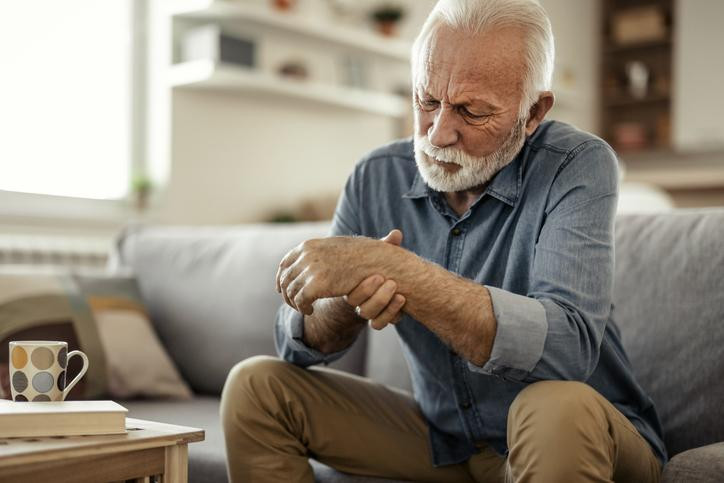
5 timeless habits for better health

What are the symptoms of prostate cancer?

Is your breakfast cereal healthy?

When pain signals an emergency: Symptoms you should never ignore

Does exercise give you energy?

Acupuncture for pain relief: How it works and what to expect

How to avoid jet lag: Tips for staying alert when you travel

Biofeedback therapy: How it works and how it can help relieve pain

Best vitamins and minerals for energy

Should you take probiotics with antibiotics?
Nerve disorders Archive
Articles
Analysis highlights best treatments for neuropathic pain
A 2025 analysis found that tricyclic antidepressants, the anticonvulsants gabapentin (Neurontin) and pregabalin (Lyrica), and serotonin-norepinephrine reuptake inhibitors, such as duloxetine (Cymbalta) were the most effective drug treatments for neuropathic pain.
Burning mouth syndrome: The scorching reality
Burning mouth syndrome affects about 2% of people, with women up to seven times more likely than men to be diagnosed. Symptoms include burning sensations in the lips, mouth, or throat as well as stabbing pain, tingling, a sour or metallic taste, or the sense that something is crawling inside the mouth. Women’s hormone dips during perimenopause and beyond may play a role in the condition, and stress and anxiety are also considered risk factors. To confirm the diagnosis, doctors must first rule out other potential causes of symptoms.
A major change for restless legs treatment
In its 2025 guidelines for treating restless legs syndrome (RLS), the American Academy of Sleep Medicine stopped recommending the long-term use of dopamine agonist drugs, since they can eventually make RLS symptoms worse. Instead, the guidelines strongly recommend another class of medications as the first-line treatment: alpha-2-delta ligands, such as gabapentin (Neurontin), gabapentin enacarbil (Horizant), and pregabalin (Lyrica). Alpha-2-delta ligands do not make RLS symptoms worse.
Do I have carpal tunnel syndrome?
Carpal tunnel syndrome is caused by increased pressure within the carpal tunnel, a narrow passage in the wrist containing the median nerve and tendons that run into the hand. The condition can lead to persistent tingling and numbness in the hands.

5 timeless habits for better health

What are the symptoms of prostate cancer?

Is your breakfast cereal healthy?

When pain signals an emergency: Symptoms you should never ignore

Does exercise give you energy?

Acupuncture for pain relief: How it works and what to expect

How to avoid jet lag: Tips for staying alert when you travel

Biofeedback therapy: How it works and how it can help relieve pain

Best vitamins and minerals for energy

Should you take probiotics with antibiotics?
Free Healthbeat Signup
Get the latest in health news delivered to your inbox!
Sign Up






